A newish Tuscan region gains DOCG and starts to make its mark
When talking about the wines of Tuscany it is easy to forget that there are much more than the three big names, Chianti, Vino Nobile di Montepulciano and Brunello di Montalcino. That would be a mistake. There are many more exiting wines to discover in Tuscany. A (relative) newcomer among the Tuscan wine district is Montecucco in southern Tuscany. Åsa Johansson reports.
Montecucco is a Tuscan wine region in Maremma, squeezed in between the heavy-weight names: Montalcino, with its world famous Brunello wines, and Scansano in the south where they make Morellino di Scansano.
We have all that is needed and we are very motivated.
Some time ago many of the producers were happy with being in the reflected glory of the two famous names of Brunello di Montalcino and Morellino di Scansano but these days Montecucco are making big efforts to create its own identity.
“We have all that is needed and we are very motivated”, says Giovan Battista Basile, director of the Consorzio in Montecucco and owner of the Basile winery.
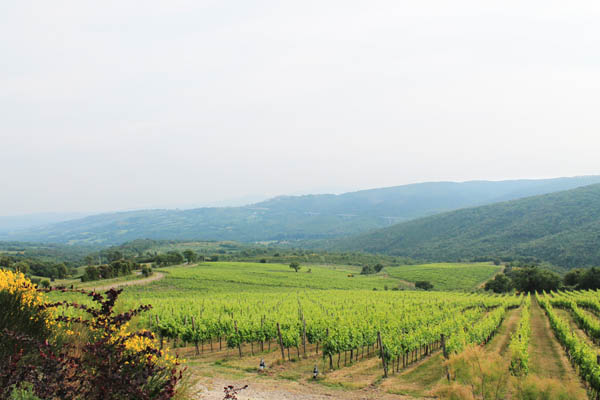
One proof of the rise of the Montecucco wines is that the region recently was awarded DOCG status. So in 2010 DOCG came to Montecucco. The wines with this the highest of the Italian quality denominations, Montecucco Sangiovese DOCG and Montecucco Sangiovese Riserva DOCG, will arrive on the market next year, in 2013. The denomination can be used for wines from the 2010 vintage.
We must work even harder, with passion and frankness
“This means that we must work even harder and we see it as a challenge to continue this work with passion and frankness”, says Claudio Tipa, president of the Consorzio, and also owner of the Collemassari winery where she has 80 hectares of vines; one of the biggest vineyards in Montecucco.
Although they make wine in this region since time immemorial Montecucco is regarded as a newcomer on the Italian wine map. They received DOC status, then second highest level, in 1998 and two years later some twenty wine producers joined together and created the Consorzio, the producer organisation that works with regulations and marketing initiatives, located in the medieval village of Cinigiano.
Morellino di Scansano, the neighbour, became DOC in 1978 and DOCG in 2006 while Brunello di Montalcino became DOC in 1966 and was promoted DOCG already in 1980.
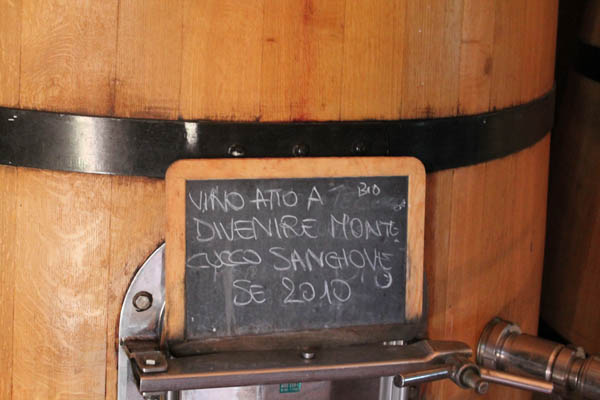
The grapes and wines of Montecucco
The whole of Montecucco comprises 850 hectares of vineyards in seven communes. The most planted grape variety is the sangiovese. It is the major component in the Montecucco wines and has to be used to at least 90% in the two new DOCGs. In the Montecucco DOC Rosso it has to make up at least 60.
There are also a number of other grapes that may be used, for example ciliegiolo and canaiolo, as well as the international varieties merlot, cabernet and syrah.
Other grape varieties hide the character of the sangiovese grape.
Some of the wine producer choose to use only 100% sangiovese (“in purezza” in Italian), for example Parmoleto, Ribusieri, Marinelli, Az. Agricola Leonardo Salustri, Amiata and Poggio al Gello.
”If I didn’t use 100% sangiovese then the ciliegiolo would be the only other grape I could imagine to blend with the sangiovese. I think other grape varieties hide the character of the sangiovese grape”, says Leonardo Salustri at Azienda Agricola Leonardi Salustri when explaining why he chose to work only with sangiovese.
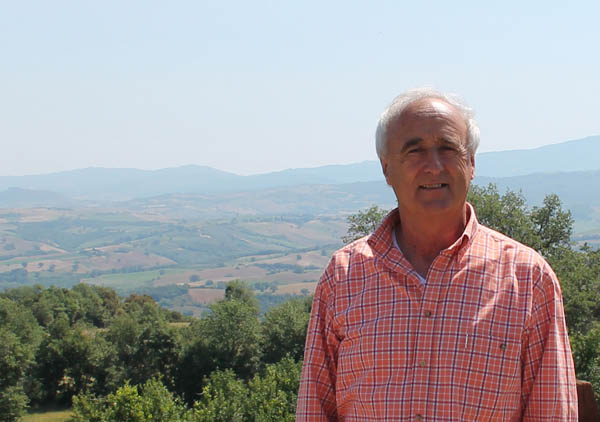
White and rosé wines
They also make some white wines in Montecucco. A grape variety that is more and more popular is the vermentino. It is usually found on Sardinia and along the cost of Liguria.
“We have seen that the vermentino gives good results here in Montecucco”, says Giovan Battista Basile from the Basile winery.
At least 85% vermentino is required for the Montecucco Vermentino DOC. Trebbiano and malvasia Bianca, as well as grecchetto are other white grape varieties that may be used, also for the production of the traditional Tuscan sweet wine vinsanto.
Rosé wines, which more and more of the producers choose to make due to the increasing demand for pink wine, is made from sangiovese (min 70%) and canaiolo.
The clone of sangiovese that is used in Montecucco is the same one that is used in Montalcino to make the Brunello id M. and the Rosso di Montalcino.
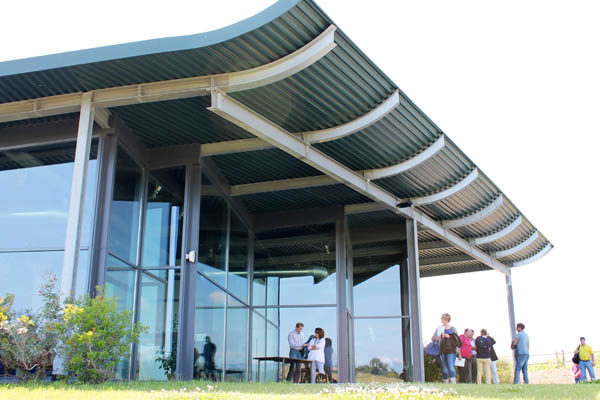
Climate: advantages and challenges
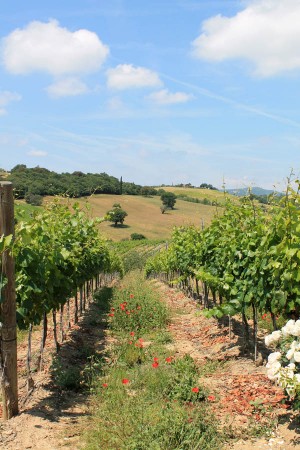
The Montecucco vineyards are on the slopes of the no longer active volcano Monte Amiata at altitudes ranging from 150 to 400 metres. But despite cool winds both from the inland and from the Tyrrhenian Sea the summer heat is a problem.
“In 2003 and 2009 I chose not to make any sangiovese. It was extremely hot years and the grapes became cooked by the heat”, says Leonardo Salustri at the eponymous vineyard.
Many of the winemakers in Montecucco talk about the advantages of having vineyards at high altitude; it keeps the acidity higher and the wines fresher. they also talk about the importance of not planting the vines on land that is too fertile. In too fertile soil they would get bigger harvests but of lower quality, unless you are very careful.
The soil type varies from fertile clay along the Ombrone and Orcia rivers that snake through the region, to poorer soil with a lot of stones at higher altitude.
Although the Amiata volcano has been inactive for millions of years there are still volcanic elements and lava in the soil. That gives a very good minerality to some of the wines.
The maximum yield allowed for the Montecucco Sangiovese and Sangiovese Riserva DOCGs is 7000 kilos per hectare (seven tons, or as they often say in Italy, 70 quintales, which translates to approximately 35-45 hl/ha). This is a low yield compared to many other wine regions in Italy.
Hopefully the intelligently designed new DOCGs will generate quality wines that will manage to compete with the more illustrious neighbours.
Translation from Swedish: BKWine Magazine
[box type=”info”]Curious about the wines and food of Tuscany? Then you can come on one of the wine tours organised by BKWine to visit the vineyards and wineries of Tuscany! Named “World’s Top Wine Tours” by Travel & Leisure Magazine. Your guide will be one of the wine experts who write on BKWine Magazine.[/box]
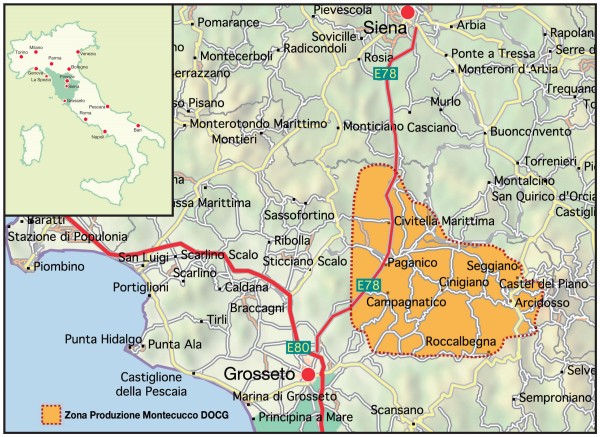
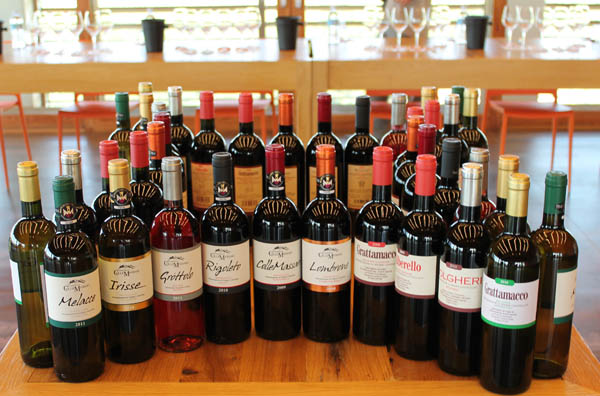
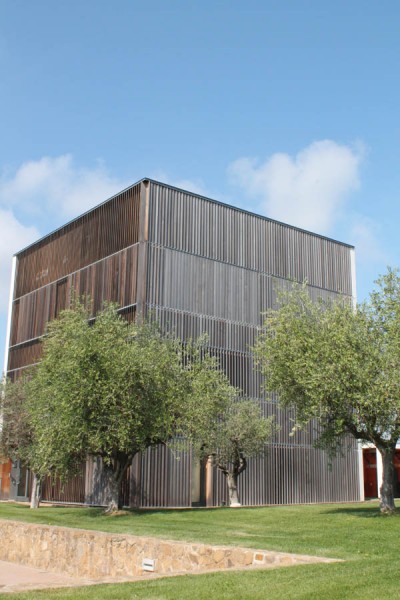
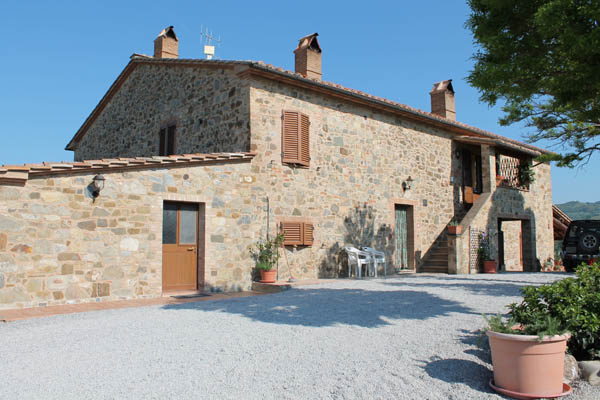


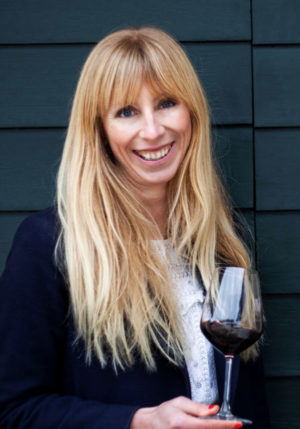
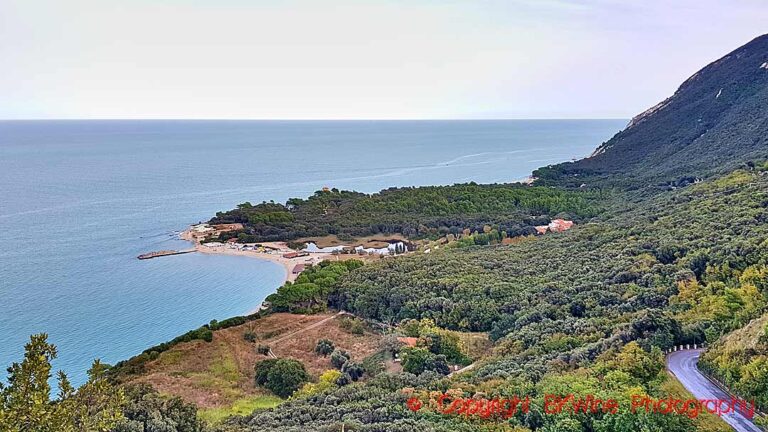
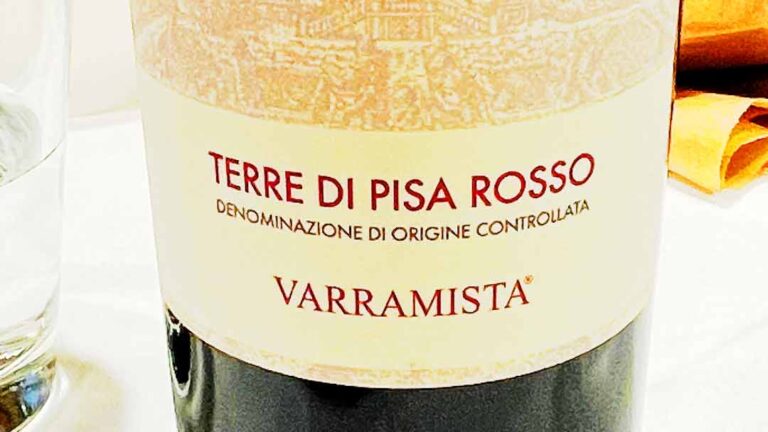
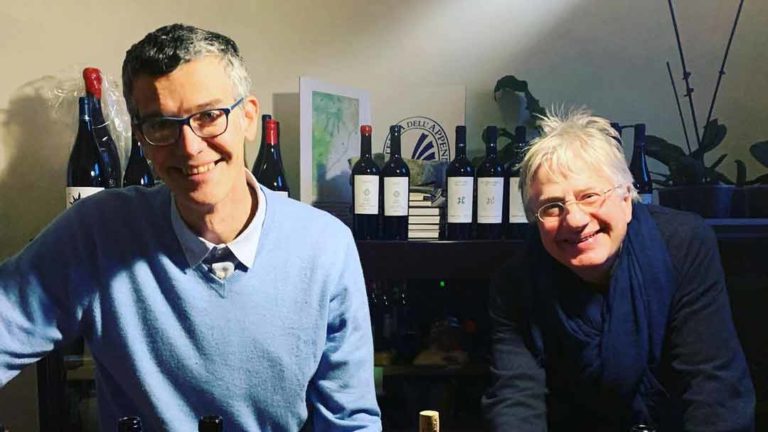





One Response